This spring, lucky citizens in certain parts of the Midwest and Southeastern United States will experience a once-in-a-lifetime event: the dual emergence of Cicada Broods XIII and XIX. What’s the big deal? What is a brood? We're here to explain—buckle up.
Cicadas 101
The “cicada” moniker is broadly applied to ~3,000 species in a superfamily of super-ugly insects belonging to the order Hemiptera. The oldest fossilized cicadid specimen is estimated to be from the Paleocene epoch—a whopping 59 – 56 million years ago.

Of the 3,000+ species in the cicada family, the most notorious is the North American Periodical Cicada (genus Magicicada).
As the name implies, periodical cicadas emerge cyclically. There are two distinct lifecycle groups: 13-Year and 17-Year.
These cohorts of cicadas develop in sync, spending 99.5% of their freakishly long lives underground as root-eating juveniles before emerging for one final, four-to-six-week reproductive hurrah in the spring/summer. Once above ground, adult cicadas make an enormous amount of noise, mate furiously, and quickly die. Their offspring burrow into the ground, and the cycle starts all over again.
(The fact that this cycle is not called the "Cicadian Rhythm" is a huge missed opportunity).
Dude, Where’s My Brood?
All periodical cicadas of the same lifecycle group emerging in a given year are known collectively as a single “brood.” Thanks to this lifecycle predictability, different broods can be named and tracked. At the time of writing, there are 12 broods of 17-Year Cicadas and three broods of 13-Year Cicadas.
Different broods emerge in different regions of the country. Depending on where you live, you may not see cicadas for several years and then suddenly find yourself inundated as your region’s local brood emerges.
What Makes This Year Different?
No two 17-Year broods will emerge during the same year, and no two 13-Year broods will emerge during the same year. But on rare occasions, the lifecycles of a 13-Year brood and a 17-Year brood will align, resulting in a simultaneous emergence.

This year, Brood XIII and Brood XIX will emerge simultaneously for the first time since 1803—the same year the United States Supreme Court laid down its OG decision in Marbury vs. Madison and Thomas Jefferson bought the Louisiana Purchase.
This dual emergence is particularly significant due to the geographic overlap shared by the two broods. If you live in Illinois, it may be wise to invest in a pair of earplugs.
Are Cicadas Harmful?
Thankfully, periodical cicadas don’t bite or sting and aren’t dangerous to humans, but they can cause damage to young trees and other nursery plants. If you’re in an area that may be overwhelmed by cicadas this year, the best way to protect any sensitive plants is to cover them with bird netting or cheesecloth. While neither are specifically designed or tested for cicadas, the Wasp TrapStik or Carpenter Bee TrapStik will catch cicadas if you’re looking for a trap.


 Ant Baits
Ant Baits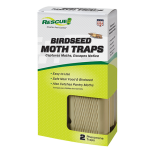 Birdseed Moth Trap
Birdseed Moth Trap Fly Trap Max
Fly Trap Max Fly Trap, Big Bag
Fly Trap, Big Bag 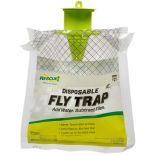 Fly Trap, Disposable
Fly Trap, Disposable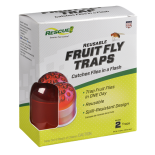 Fly Trap, Fruit Fly
Fly Trap, Fruit Fly Fly Trap, POP! Fly
Fly Trap, POP! Fly  Fly Trap, Reusable
Fly Trap, Reusable FlyPad
FlyPad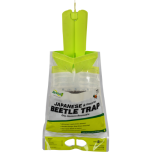 Japanese & Oriental Beetle Trap
Japanese & Oriental Beetle Trap Spider Trap
Spider Trap TrapStik, Carpenter Bee
TrapStik, Carpenter Bee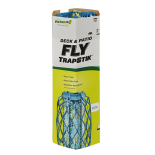 TrapStik, Deck & Patio Fly
TrapStik, Deck & Patio Fly 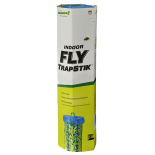 TrapStik, Indoor Fly
TrapStik, Indoor Fly TrapStik, Wasp
TrapStik, Wasp W·H·Y Trap for Wasps, Hornets & Yellowjackets
W·H·Y Trap for Wasps, Hornets & Yellowjackets Yellowjacket Trap, Disposable
Yellowjacket Trap, Disposable  Yellowjacket Trap, Reusable
Yellowjacket Trap, Reusable 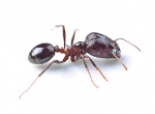 Ants
Ants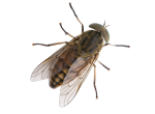 Biting Flies
Biting Flies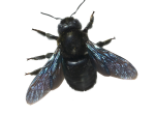 Carpenter Bees
Carpenter Bees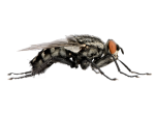 Flies
Flies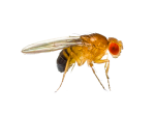 Fruit Flies
Fruit Flies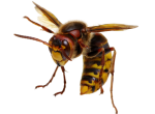 Hornets
Hornets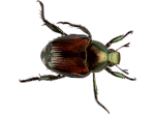 Japanese Beetles
Japanese Beetles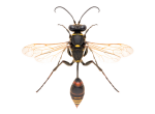 Mud Daubers
Mud Daubers Oriental Beetles
Oriental Beetles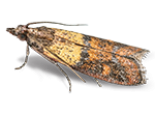 Birdseed & Pantry Moths
Birdseed & Pantry Moths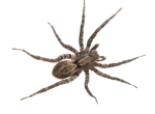 Spiders
Spiders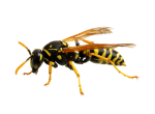 Wasps
Wasps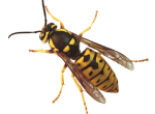 Yellowjackets
Yellowjackets
